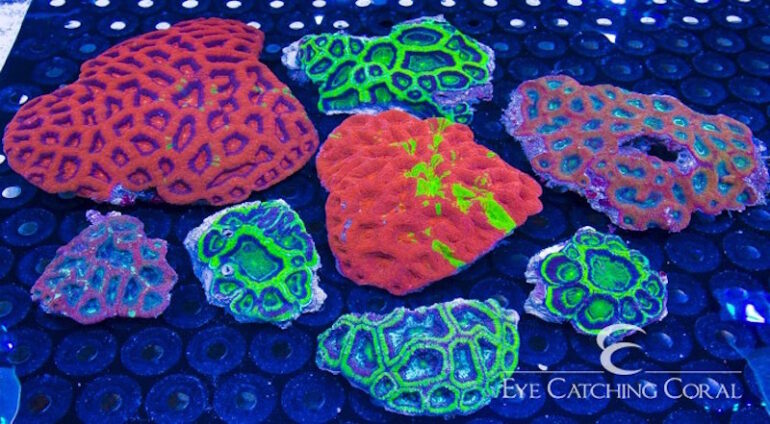During my time in the hobby I have been fortunate in that I have gotten to know pretty a lot of the key players in the hobby including the wholesalers. I have been lucky to have been a regular visitor to Sea Dwelling Creatures, Quality Marine, Aquatic Depot, Golden Ina, Route 66, Eye Catching Corals, All Seas, Aquamarines and the recently closed Aquarium Arts.
Among my friends at these institutions I include Eric Cohen and Carl Coloian of SDC, Dennis Reynolds of Aquamarines, Ted Chiu of All Seas, Jim Gintner of EyeCatching Corals, Lech and Millie of Aquatic Depot and Dave Palmer of Aquarium Arts, who recently had some medical issues, get well soon my friend.
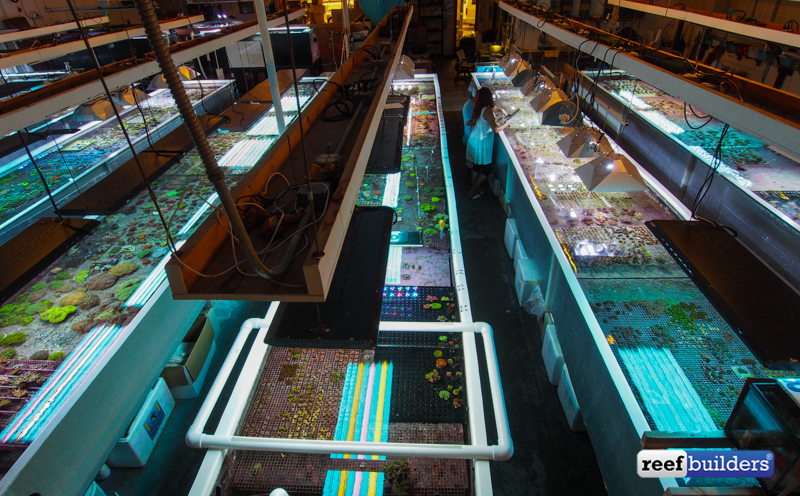
During this time, I have seen marked changes in just about every aspect of the hobby from where we get our fish from, it used to be almost exclusively from the Philippines, to the types of tanks we kept, fish only was the norm full of nice bright white bleached dead coral skeletons and big angelfish, to who we got our fish from, remember the old local fish store that used to be our only source? For better or worse a lot of that has changed, especially in the past few years.
Interestingly one of the areas where this change has occurred the slowest is in the wholesale aspect of the process. For those of you that don’t know, the wholesalers in this hobby primarily act at the middlemen between the collector and collecting stations in the tropics, and the end line retailers like your local fish store or online retailer.
Having been fortunate enough to be in the wholesalers for much of the last three decades I well remember walking into the wholesalers on Monday or Tuesday and seeing every tank literally brimming with fish and then going back Friday and the tanks were completely empty. The goal had been achieved in that everything was gone by the weekend so it did not have a chance to die.
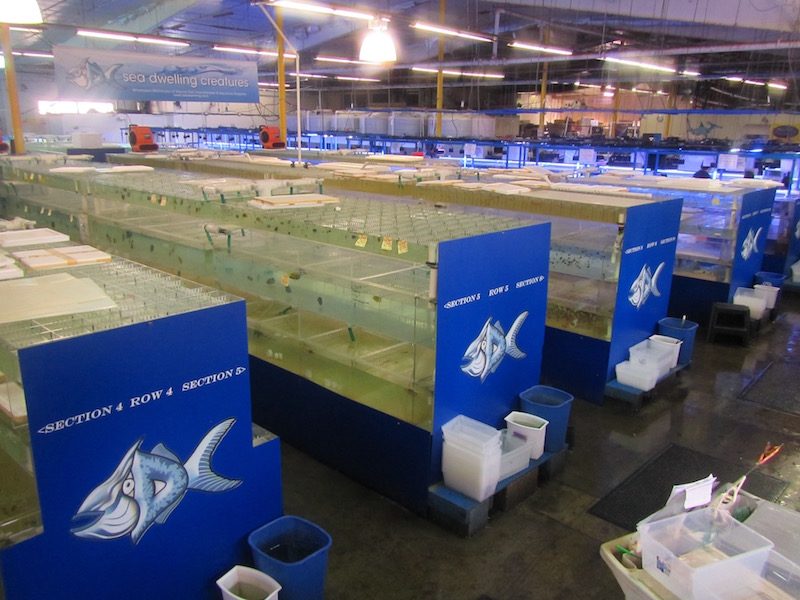
While this was a sad commentary on how things were done, you have to remember up until the last fifteen years or so ago, widespread success with saltwater anything was pretty much limited to the “cult” of people who were crazy enough to try a saltwater aquarium. Sadly, you can still walk into a few aquarium shops today staffed by old timers and tell them you want to start a saltwater tank and get the response that it is too hard.
Fortunately some of the success that we hobbyists have had has trickled back to the wholesale level. As demand has increased so too has the prices that shops and hobbyists are willing to pay for fish and coral. As a result, it is now in the best interest of wholesalers to do a better job of keeping their fish and corals alive longer than just the day they came in and to make sure they get to their destination alive. I have seen first-hand how much things have improved and changed at the wholesale level.
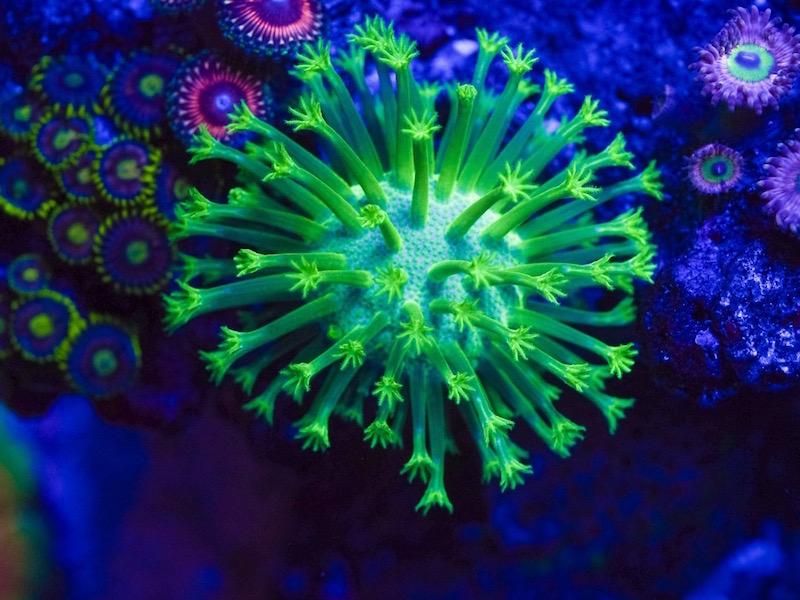
The first thing that is immediately apparent when visiting a wholesaler is how much the holding facilities themselves have improved. The chambers themselves are larger, better aerated and have state of the art filtration on them to keep the water as clean as possible, despite the large bioloads in the systems as well as the frequent turnover of livestock.
To achieve this improvement in water quality, huge protein skimmers are now employed on these systems as well as biofilters and even ozone to reduce the risk of free-swimming pathogens. In some instances where fish are especially stressed, lowered salinity may be used to reduce the risk of infection. Some wholesalers even go so far as to have a veterinarian on staff or on retainer should a pathogen become problematic.

The fish are also housed in chambers that for the most part are designed to reduce their stress. Schooling fish are kept together in large tanks, while fish that do better away from their conspecifics are housed in that manner. Most wholesalers now attempt to meet the needs of the fish in that now a lot more is done to acclimate the fish and corals properly so that fish that come from where it is night during our day are kept in shaded tanks until they get used to the captive environment and the different day/night cycle.
In addition to all this, and this may sound strange, but now the fish are fed regularly and often a varied diet while they are at the wholesalers. Why this may sound strange is that up until a few years ago fish were not regularly fed while going through the entire wholesale process. The general idea was not to feed them less they defecate in the shipping bag and foul their water enough that they died of ammonia poisoning.
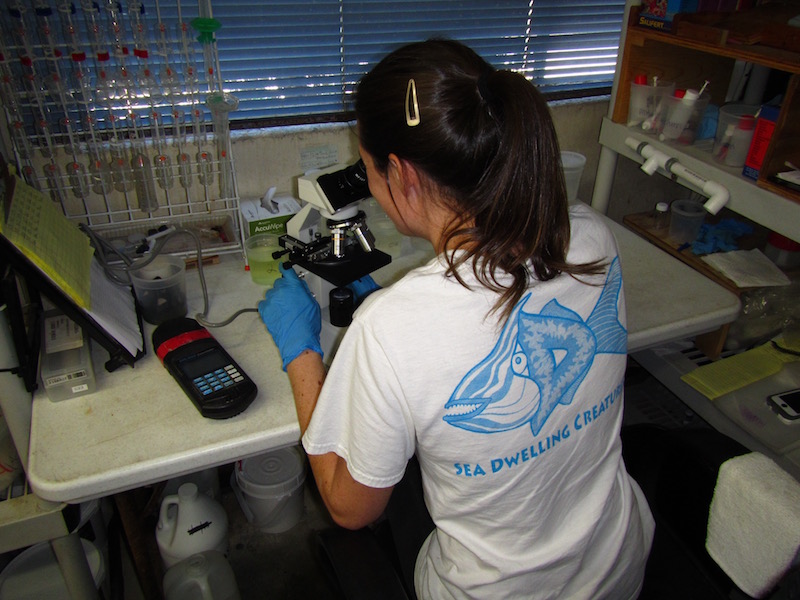
Needless to say this was very stressful on the fish as in some instances they were often forced to forgo eating for a week or longer, as at that time most collectors and holding stations did not feed the fish either. As a result, many of the fish that made it to the local fish store were stressed and emaciated by the time they were available for sale.
With a better understanding of what is necessary to keep a fish alive long-term and a greater desire to have it live out its full life span rather than to just make it from the wholesalers to a shop. Feeding and reducing the stress a fish undergoes during this process have resulted in marked improvements in how wholesalers handle their fish.However, the changes in fish handling is just a small change in what has become a massive change in the industry.
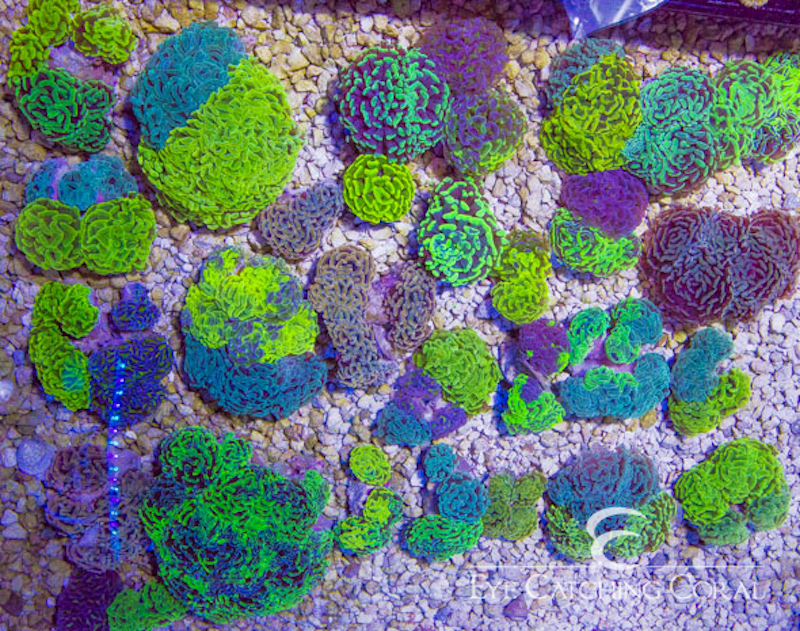
Up until approximately fifteen years ago, the majority of saltwater enthusiasts kept fish only tank. However with the unprecedented success that is now achievable by just about anyone, the focus has shifted even at the wholesale level from fish, to where it is now fish and corals.
Ten years ago when I visited the wholesalers most of them would have one or at most two tanks housing corals. These tanks were often lit by a single fluorescent blue tube and were often hooked up to the main system, along with the numerous fish systems. With the corals even more than the fish, the goal was to get the coral sold and out as soon as possible.
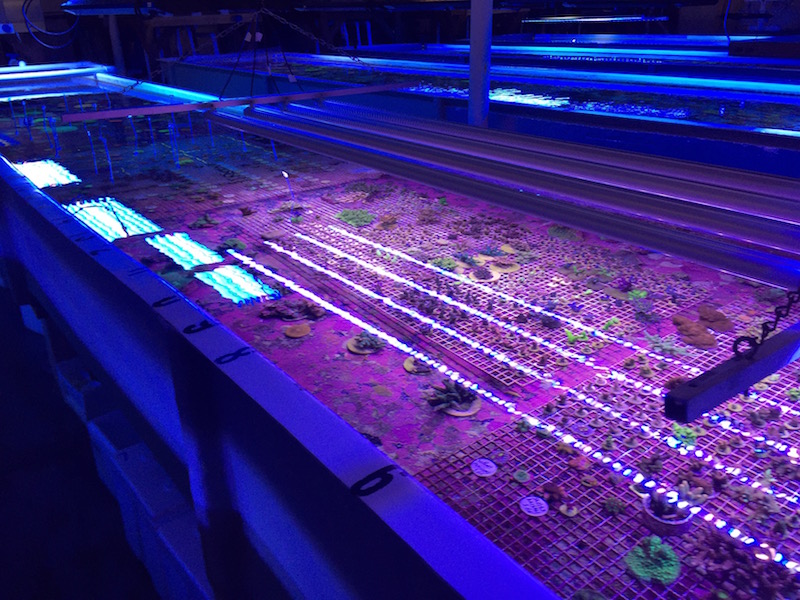
I fondly remember being at a wholesalers on a Friday afternoon and walking out with boxes of corals I had gotten for next to nothing as they knew if they kept it over the weekend it would be dead. Fortunately this is no longer the case. At SDC, QM and EC the corals now share equal billing or in ECs case first place with the fish. The coral holding tanks now have LED, t-5 or metal halides illuminating each individual tank and each tank is run as its own system, so as not to run the risk of contaminating the other coral systems.
These tanks also utilize strong flow throughout, so that unlike in the past waste or dead material will not settle on them and the water is well oxygenated. Also unlike in the past, the corals are no longer mixed into one large soup. Stony corals are isolated from soft corals which are separate from zoos and lps in most of the wholesalers.
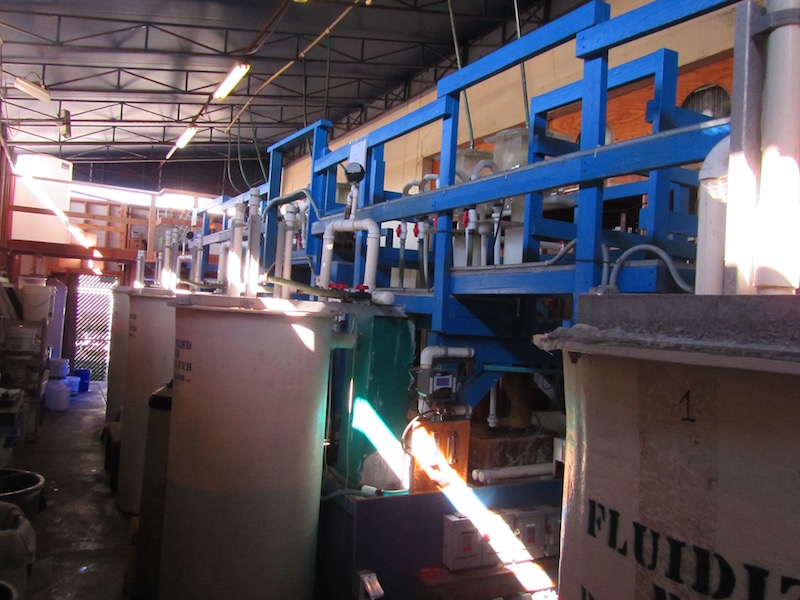
This has further increased the survival level at the wholesalers by further reducing the stress on the corals. As a result, wholesalers like these now share the level of success with their corals that used to be reserved for elite hobbyists.
All of these changes however are just the start of the change that is occurring at the wholesaler level. When corals originally used to come in they were predominantly wild colonies. Then over the past five or so years this has changed to where maricultured colonies of corals, especially stony corals, were coming in at equal numbers or in some instances greater than those of wild colonies.
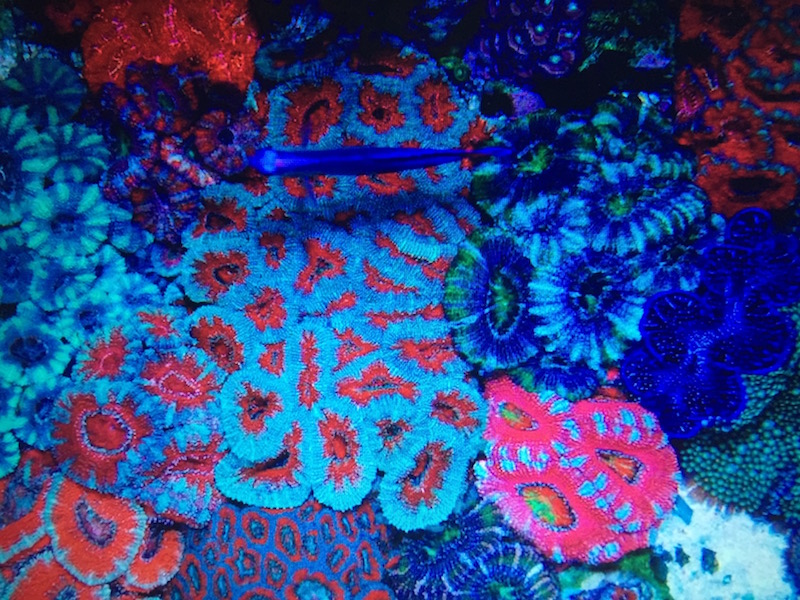
Now this change is taking the next step in that the wholesalers are now acquiring and selling aquacultured frags. Even better for the hobby, some wholesalers have taken the unprecedented step of growing their own frags. Why this is so much better for the hobby is that by doing frags on their own it is allowing more hobbyists to get some of these rare and colorful corals. Why this is an improvement, is that in the past, if a rare or beautifully colored coral came in, one or two people would be able to get it.
Now these corals are being fragged and aquacultured at the wholesalers facility so now many more hobbyists can get them. I can think of at least a dozen corals that I have only seen once that I wish the wholesaler had fragged before shipping it out to a lfs This in and of itself is a testament to how successful the hobby has become in that everyone is now realizing that you do not need to stock your tank with wild colonies, but you can stock with less expensive maricultured frags and in a relatively short time you will have a full tank.

However, I should note that the high price of some frags has not been lost on the wholesalers or even the collectors for that matter. While aquaculturing rare and colorful corals has in some instances made these corals more readily available, so far from what I have seen it has not really brought down the price of frags. Part of this is the result of the internet making it readily apparent what prices people are willing to pay for rare or uniquely colored corals.
This starts and the collector level, yes collectors have the internet and can see what the prices of the corals and fish they collected are going for. Because of this, corals that used to sell for $50 retail, now are being sold by the collector for this price. So as prices at the collection level have risen it has become incumbent upon the wholesalers to keep the animals alive.
While the increased cost of fish and corals is not good news for the hobby, the increased price has resulted in wholesalers improving their husbandry of the fish and corals. Because the overall success of the hobby has improved so much, this has led to a dramatic increase in demand for healthy fish and corals. This demand has led to more and new sites providing fish and corals. As a result, more new locations are now providing fish and corals than ever before.

I can honestly saw in all the years I have been doing this, I have never seen the variety of fish and corals that is available today. And unlike in the past when just keeping fish or corals alive was enough, finding and providing new fish and corals is one of the things that keeps the hobby interesting. Some wholesalers have picked up on this, and as a result the good ones are constantly trying to find new sources of animals for us to enjoy.
Unlike the freshwater wholesale business, the saltwater wholesale business has predominantly been done with animals that have been exclusively taken from the wild for most of the time the hobby has been in existence. Fortunately the success that the hobby has achieved in the husbandry of the marine animals we keep is being passed on and utilized by the wholesalers that supply us. The shift from wild, to maricultured to aquacultured in the wholesaler’s facilities themselves only further proves the impact that our success is causing, hopefully this success will then be passed back to us via the wholesalers supplying us with healthier as well as a wider array of fish and corals.
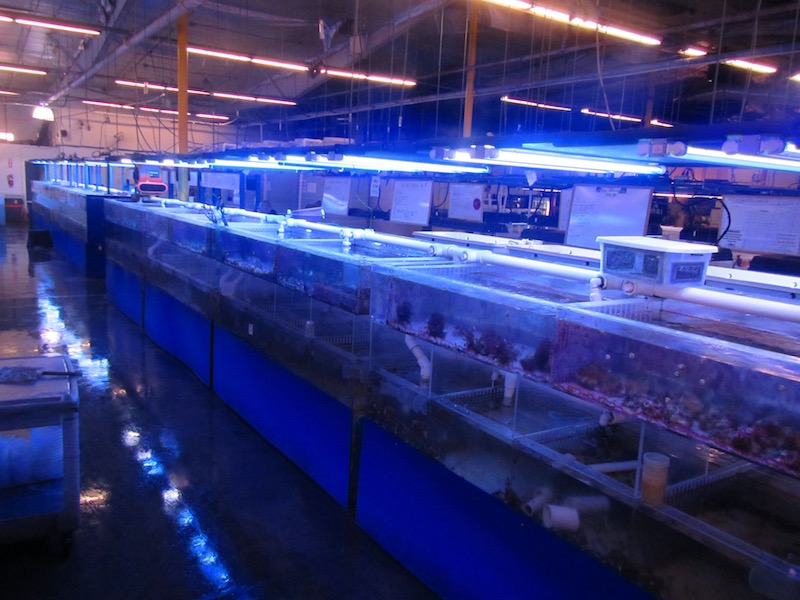
Fortunately, success breeds imitation, so I hope that the other wholesalers who are not striving to improve understand what they need to do to improve follow suit and make the hobby even better. As I said I have been lucky in that I have gotten to visit and interact with the wholesalers who have provided us with fish and corals since reefkeeping began and still consider many of them as friends.
They are the unsung heroes of the hobby in that if they were not there and were not willing to adapt as the hobby has changed the hobby would not have grown as it has. If they were still bringing in only large fish and an occasional brown coral think of where things would be in the hobby. We are fortunate that our wholesalers have seen how the hobby has changed and they changed with it.
Hopefully as the hobby continues to grow and we improve what we are doing even more they will continue to bring us new and interesting fish and corals that will keep us excited in the hobby.


